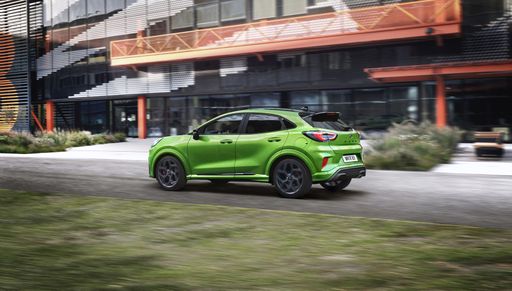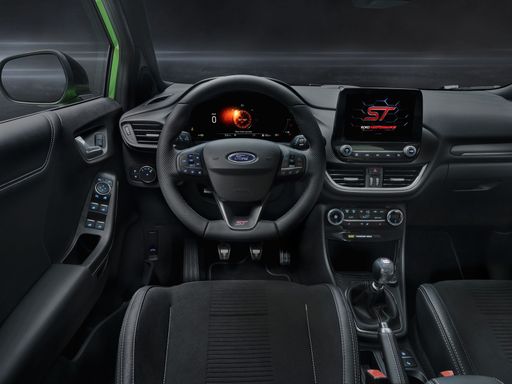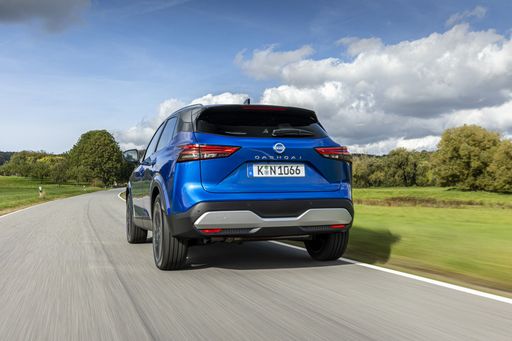The Compact SUV Showdown: Ford Puma Versus Nissan Qashqai
In the fiercely competitive compact SUV segment, the Ford Puma and Nissan Qashqai have made significant strides with their latest models for 2024 and 2025. Both vehicles promise to deliver innovative features, efficient powertrains, and practical design, but how do they stack up against each other? Let's dive into the technical details and innovations of these two stalwarts of the compact SUV world.









